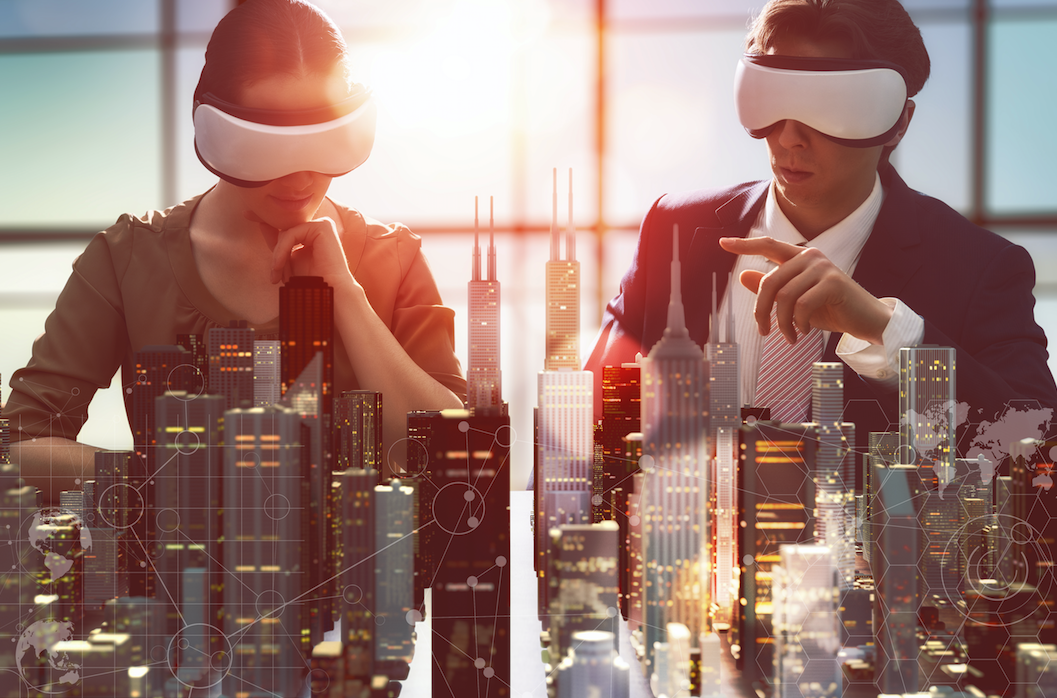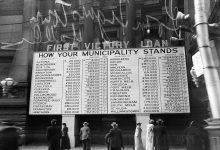
What should hoteliers know about virtual reality?
To discover more about virtual technology and the ways hotels can, and are, using it to improve their business results, SiteMinder’s Dean Elphick spoke to Marc Charette of Work Pics.
Marc is a professional photographer who specialises in virtual tours and 360° images, helping businesses increase their website traffic and conversions through high-quality and engaging content. He has also recently partnered with Expedia, who host 360° photos. Here, he tells Dean about the current marketplace, trends, practical applications, misconceptions, and what the future might hold for the technology.
There is still some underlying confusion around all that virtual technology entails.
From virtual reality and augmented reality to 360° photos and videos, it’s understandable hotels may not know what they should be using to put a spark in their marketing, or how to do it.
Marc Charette of Work Pics attempts to clarify.
“Virtual reality has become a catch-all term mostly because of the headsets that we often wear to see the 360° content around us and very immersive. VR really means the creation of things that are not real, while 360° photography comes in two forms: 2D and 3D.
“3D images need to be shot with a stereographic camera that can capture imagery as if it were two eyes just like humans use, giving way to the next level of content; augmented reality (AR). This means taking reality and essentially enhancing it in some way.”
Even though the term virtual tour is commonly used it does not constitute VR. Rather it represents AR, which is the space Marc largely operates in.
“The virtual tours I create and can see on Google Street View, Google Maps, Google Search, and connected to a business are at the core of AR experiences,” he explained.
“What really makes it a high value AR experience though is when additional content is layered on top of the imagery to enhance or ‘augment’ the viewer’s available interactions. This may mean improvements in navigation or even pop up info cards, videos and even direct links back to a shopping cart.
“It’s akin to turning a website inside out where the core view is the imagery and the things in the imagery are in the back end of the website. And yes…you can even add links to booking engines for accommodation, just as long as that information is available in the website or online via another link.”
A world of opportunity for your hotel marketing strategy
These features offer a world of opportunity for your hotel marketing strategy, but the primary function of a virtual tour is much more fundamental; showing the customer your ‘goods’ in the most attractive light possible, says Marc.
“The main benefits are around the ability to share highly immersive imagery that allows the viewer to feel like they are there and adds a very authentic perspective for the viewer. Taking into consideration all the years of people complaining about how they look at pictures of a place and when they get there, it’s not what they’d expected, businesses can improve the likelihood of gaining viewer trust.”
“Another benefit of virtual tours is that it helps with ranking and relevancy in search results. To what degree they do this is very hard to tell because Google will never give away its secret sauce, but I’ve had clients tell me it definitely has an impact on their business.”
Given the effectiveness of visual content, virtual tours seem like the perfect fit for a hotel looking to capture more direct bookings and show-off their property and destination.
However, it appears there is a slight disconnect when it comes to independent hoteliers and their adoption of new tools and systems. Marc says many factors come into play.
“I’m seeing the consumers are far more aware than the business owners. When I talk to my clients’ staff they often know far more than the owners and decision makers do. To some degree that has to do with demographics, but more often than not it’s simply that owner-operators are so busy running their businesses new technologies are initially perceived as distractions – and that’s a big mistake to make when the world’s technology is moving as fast as it is.”
What to look for in a virtual tour provider at your hotel
It’s this lack of penetration that makes virtual technology an even bigger carrot for hotels to latch on to. It’s a powerful competitive advantage that could make the difference between converting a booking and looking at an empty room night.
Given that VR and AR material is effectively content, Marc said that not all content is created equal and hotels need to be specific when they look for a provider.
“The best way to choose a provider is their portfolio. If you look and see that the images are blurry or there are parts of the images that don’t seem to be connected properly then you may want to keep looking.
“It’s best you look at virtual tours shot in a place you are familiar with so that you have a good point of reference. Other great ways to choose the best providers, is to look at their reviews online, or even call one of their past clients to see what their experience was like to deal with them.
“For authenticity, generally speaking, Google Trusted photographers are a good choice. The big advantage of getting a Google Trusted photographer that uses high-end equipment is that they can publish on Google’s Street View system and with that, there are no image hosting charges. You simply pay for the photography and publishing costs to the photographer.”
Is video the future of virtual reality for hotels?
Even as businesses scramble to catch-up and adopt VR on a wide-scale, technology forges on regardless. Those who work hard to stay ahead of the curve will always benefit the most.
Marc sees video taking a greater hold over virtual tours.
“It’s already here, but still to this day video is far more expensive to produce mainly because of the addition of audio, which is a key component of making a video experience complete.
“Maybe in a few years the cost of production will drop, but when you hire a photographer, an audio tech, possibly lighting techs, not including directors and crew…I think you can see where that’s going, in comparison to one photographer with one camera. That said, it’s very cool and it is coming.”
Before adopting the use of virtual technology hotels must first prioritise the optimisation of their website.
Functionality and promotion are keys to driving traffic and there’s no point in paying for a virtual tour that no one will be able to see or access.
Once that’s done, you will have a powerful new visual medium with which to attract new guests and build a stronger business.
Dean Elphick is an editor, copywriter, and published creative writer. Covering hotel management topics such as technology and digital marketing, he produces content at SiteMinder with one aim in mind – to help hoteliers run their businesses better.







